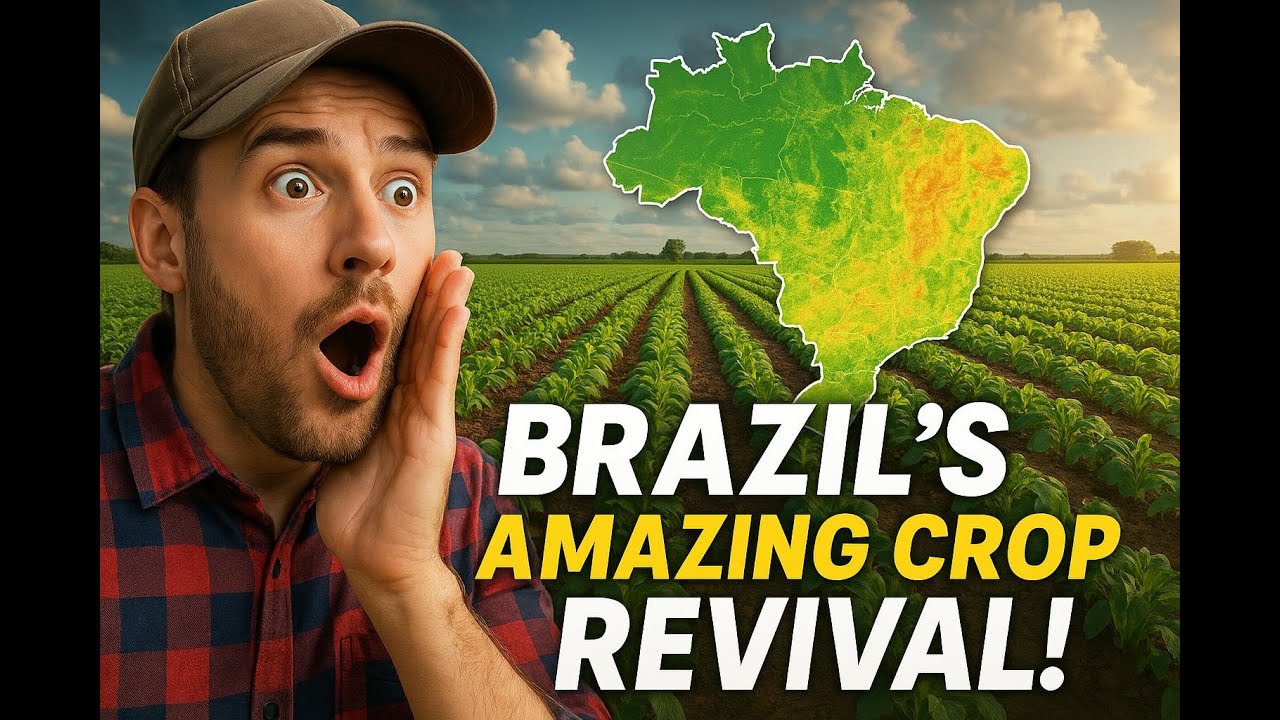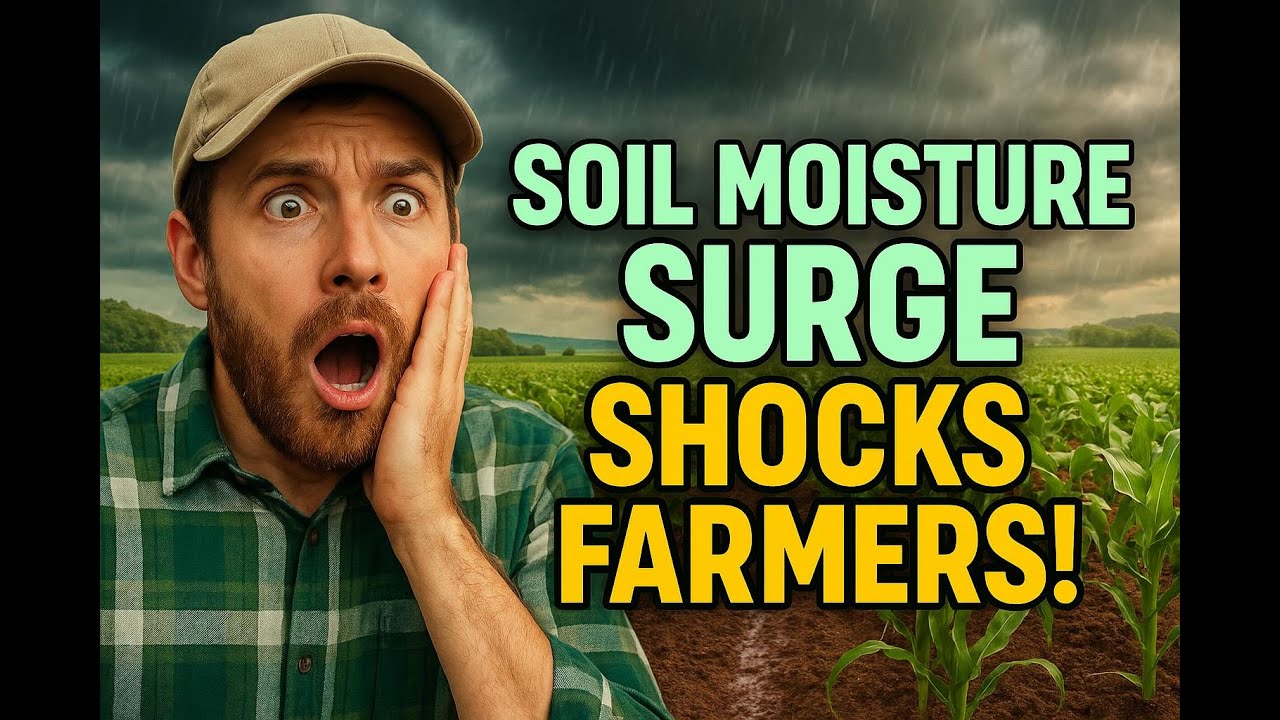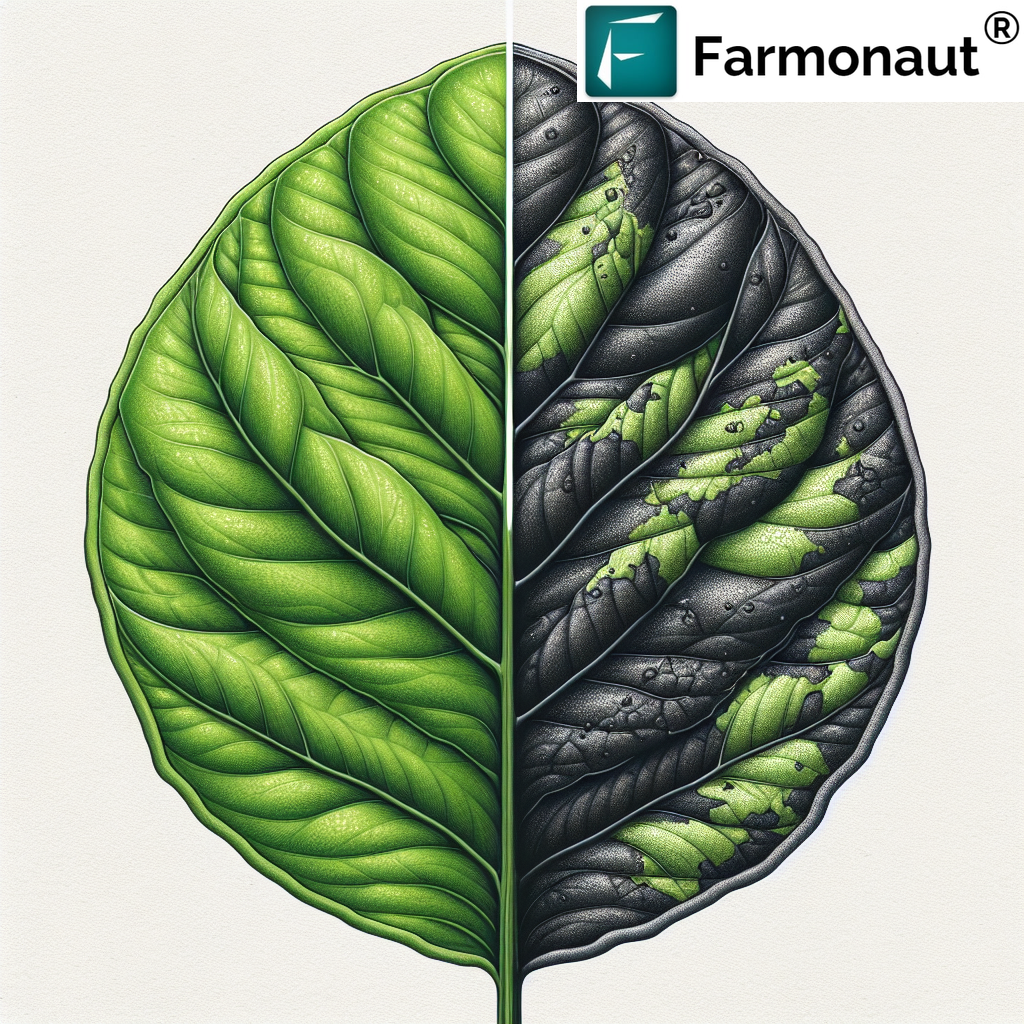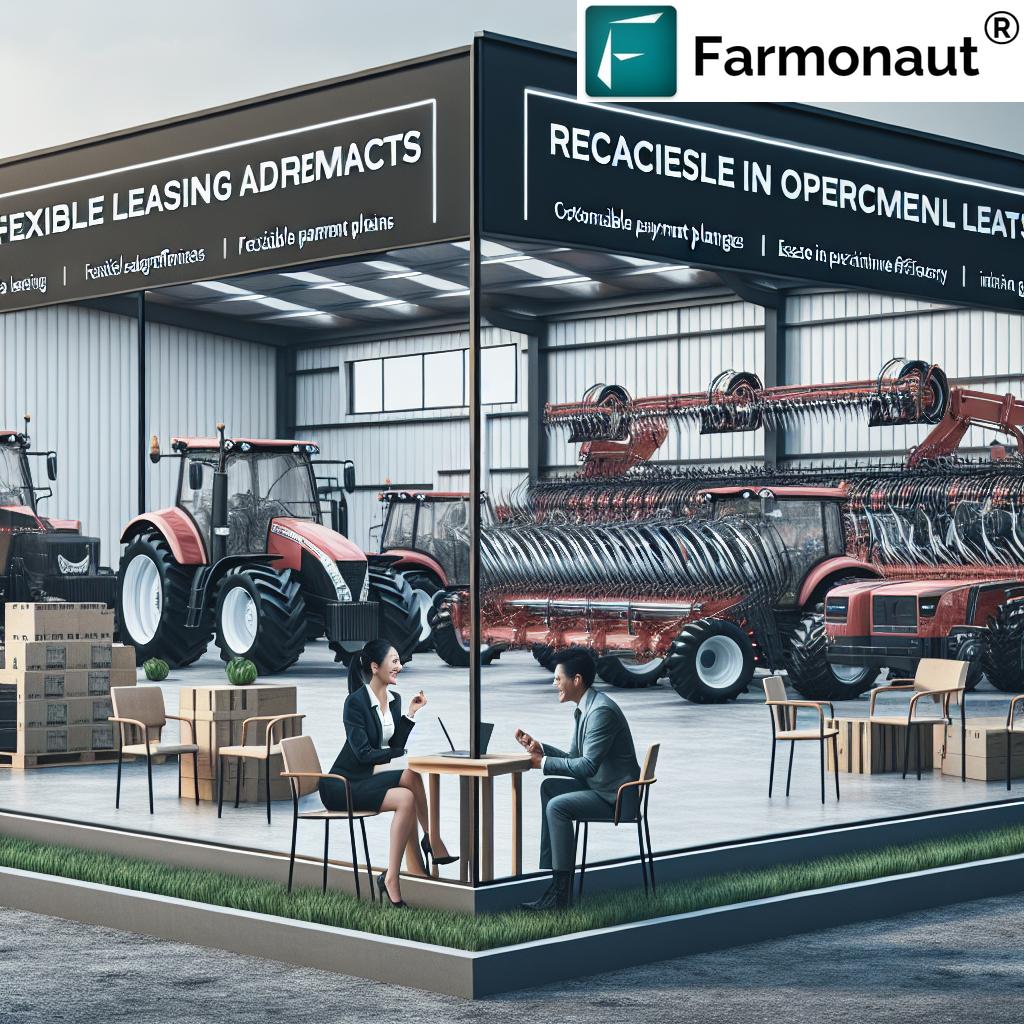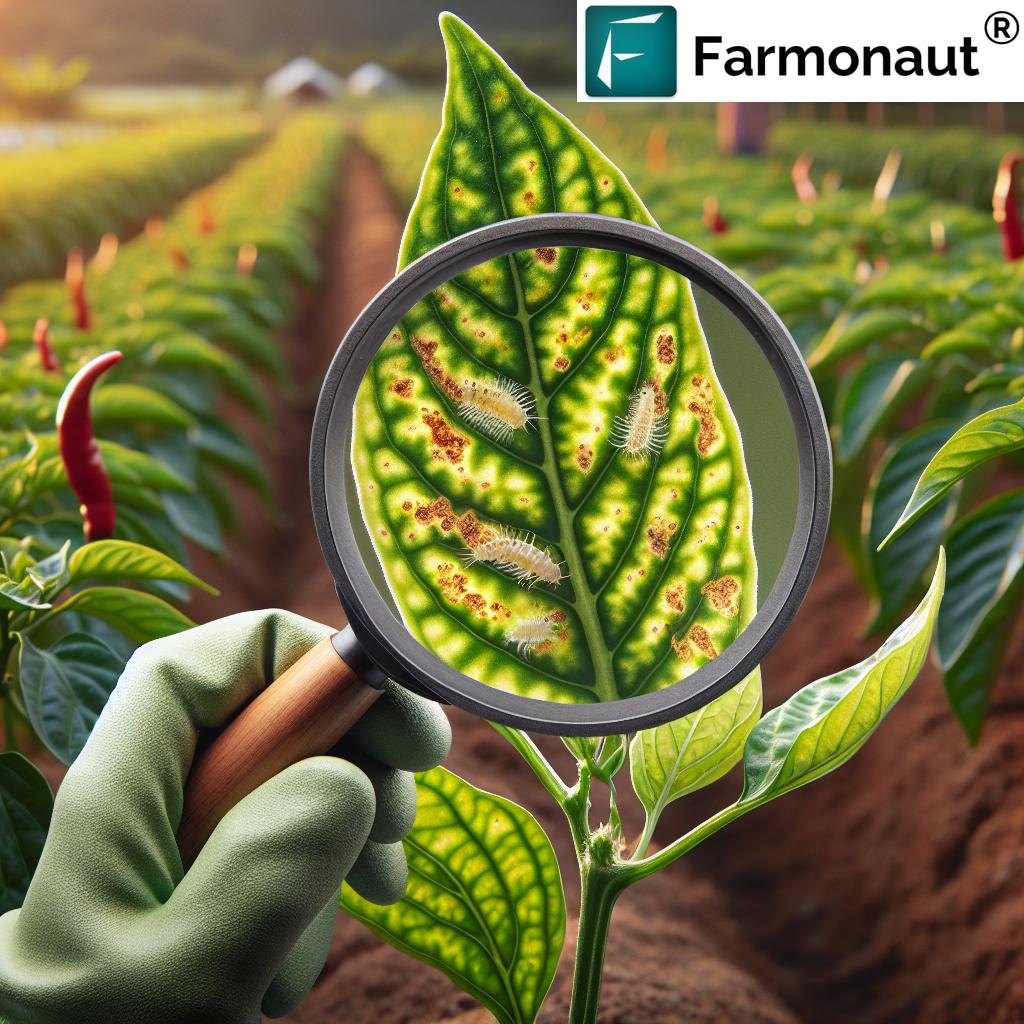Sweet Corn Farm Near Me: Sweet Gum Tree Balls & Feed — The Future of Sustainable Agriculture in 2025 & Beyond
“Sustainable corn farming can increase yields by up to 40% while reducing chemical use by 30%, benefiting both farmers and the environment.”
Introduction: Agriculture’s Evolving Landscape for 2025 & Beyond
Agriculture is rapidly transforming in the face of climate change, global food demand, and mounting environmental concerns. At the heart of this transformation are sweet corn fields, sweet gum tree balls, and sweet feed for cows—key components shaping the sustainability and efficiency of our food systems as we enter 2025 and beyond.
This article explores the intricate, interconnected roles that sweet corn farming, sweet feed, and agroforestry practices involving trees like the sweet bay tree play in modern agriculture. We’ll dive into the innovations, practical applications, and sustainable practices that underpin the future of crop and livestock management, while offering a clear focus on environmental stewardship and local economic viability.
Sustainable Corn & Sweet Feed Trivia
“Switching to sweet feed for cows can cut greenhouse gas emissions from livestock farms by 12% compared to conventional feeds.”
Sweet Corn Farming: A Staple Crop with Surging Demand for 2025
Sweet corn (Zea mays convar. saccharata var. rugosa) is fast becoming a mainstay of global agriculture. Unlike field corn primarily used for industrial uses and as livestock feed, sweet corn is prized for its sweetness, rich nutritional content, and exceptional versatility. This vegetable is harvested while young and immature, ensuring high quality for fresh consumption or processing into canned and frozen products.
Key Components of Sweet Corn Value
- Nutritional Content: High in carbohydrates, vitamins A, B, C, and fiber, making it perfect for human consumption.
- Market Demand: The expanding demand for sweet, fresh produce drives its cultivation, especially near urban and rural communities.
- Processing Versatility: Sweet corn supports an array of products, from frozen vegetables to canned goods for local and international markets.
Why Is Sweet Corn a Priority Crop for Modern Farms?
The popularity of searching “sweet corn farm near me” throughout 2025 highlights a growing consumer preference for locally-grown, fresh, and sustainably-produced foods. Sweet corn fields often serve as economic anchors for small and mid-sized farms, creating local opportunities and reducing the carbon footprint associated with long-distance transportation.
Production Trends & Local ‘Sweet Corn Farm Near Me’ Movement
With the rise of health-focused consumers and urban farming initiatives, local sweet corn production remains fundamental. Farmers near cities and rural areas are adopting innovations that:
- Enhance productivity while using less land.
- Allow rapid delivery of fresh produce directly to local markets, reducing transportation-related emissions.
- Provide a stable income source through community-supported agriculture and subscription models.
- Promote eco-friendly practices—such as minimum tillage, crop rotation, and natural pest management—for a healthier environmental footprint.
Initiatives focused on connecting consumers to the nearest sweet corn fields (“sweet corn farm near me”) increasingly allow people to participate in pick-your-own events or to subscribe to fresh, local produce boxes—further reinforcing demand and supporting sustainable agriculture.
Advanced Precision Farming: Technology Driving Sustainable Practices
The future of sweet corn farming lies in its embrace of precision agriculture. Using technological solutions like satellite imagery, soil moisture sensors, and GPS-guided machinery, farmers can tailor their inputs—including water, fertilizers, and pesticides—to the unique needs of each crop and field segment.
- Satellite Monitoring: Monitors soil health, plant vigor, and pest stress for responsive crop management.
- AI-Based Advisory Systems: Suggests optimal crop rotation, planting, and irrigation schedules for maximum yield.
- Blockchain Traceability: Ensures complete supply chain transparency for consumers and regulators, strengthening food security.
- Precision Inputs: Reduces excessive chemical use and conserves resources, improving environmental outcomes.
These advances result in high efficiency, minimize environmental impact, and promote sustainability—especially as weather variability and pest pressures mount. Crop production becomes smarter, more agile, and resilient in the face of climate change.
Integrated Pest & Crop Rotation: Securing Soil, Crops, and Yields
Long-term productivity in sweet corn agriculture hinges on integrated pest management and smart crop rotation. These practices preserve the soil while disrupting pest and disease cycles, building resilience on every sweet corn field:
- Crop Rotation: Rotating corn with legumes, small grains, or vegetables enriches soil, reduces pest buildup, and boosts yield.
- Cover Cropping: Planting cover crops during off-season to protect soil structure, increase organic matter, and suppress weeds naturally.
- Integrated Pest Management (IPM): Using data-driven decisions—combining biological, cultural, and chemical methods—to minimize pesticide usage.
- Organic Amendments: Adding compost or manure to boost soil fertility, microbial life, and crop health.
These methods, widely used on modern farms—especially within the “sweet corn farm near me” movement—ensure enhanced sustainability, ecological benefits, and economic viability for current and future generations.
Local Economy & Environmental Footprint: Sweet Corn Fields Near You
Supporting local sweet corn production offers tremendous economic and environmental benefits. Freshness and rapid delivery from sweet corn farm near me options mean:
- Enhanced nutritional quality and consumer satisfaction.
- More stable farm income due to direct-to-market opportunities.
- Significantly lower carbon emissions compared to imported produce—directly reducing the footprint associated with transportation.
- Opportunities for community engagement, agritourism, and educational efforts about sustainable agriculture.
The synergy between modern precision agriculture and the local food movement is transforming how sweet corn fields support our communities and the landscape itself.
Sweet Feed for Cows: Balanced Nutrition Meets Sustainability
Sweet feed for cows is a high-energy, palatable livestock diet comprising corn, oats, and molasses—often supplemented with vitamins and minerals for optimal nutrition. In 2025 and beyond, the importance of balanced nutrition in livestock production is driving new innovations in feed formulation.
The key components of modern sweet feed for cows include:
- Corn Grain: A primary energy source, supporting growth and milk production.
- Molasses: Adds sweetness that increases feed intake and palatability, especially for younger or reluctant cows.
- Protein Sources: Soybean meal or alfalfa ensures cows get adequate protein for muscle and tissue development.
- Trace Minerals & Vitamins: Critical for immune function and overall health, especially in intensive dairy or beef systems.
Sources like Tractor Supply sweet feed outlets remain essential in the rural supply chain, while feed manufacturers increasingly tailor blends using precision nutrition—matching feed type to the age, breed, production stage, and health status of herds.
Sustainable Feed Production: Circularity & Local Crops
One core benefit of integrating sweet corn into livestock feed is the circular use of agricultural outputs—surplus, damaged, or lower-grade corn can be seamlessly diverted from human food channels to livestock feed. This reduces food waste, saves energy in production, and supports economic viability at the farm and regional level.
- Resource Efficiency: Diverting excess sweet corn reduces landfill contributions and maximizes usable energy for animal nutrition.
- Lower Emissions: The switch to sweet feed for cows with higher local corn content can cut greenhouse gas emissions by 12% compared to conventional feeds.
- Supporting Soil Health: After silage or sweet corn harvest, crop residues left on the soil support organic matter replenishment and erosion control.
Precision Feeding: Technology Enhances Efficiency & Health
Utilizing AI and satellite-driven data analytics enables farms to optimize feed resource allocation, tap into advanced weather insights for forage planning, and ensure animals receive only the required energy and nutrient inputs. This not only reduces costs but significantly enhances herd health and productivity.
Comparison Table of Sustainable Feed Types and Environmental Impact
To highlight the relationship between sweet corn, sweet feed, conventional feeds, and sustainability, see the following comparison table:
| Feed Type | Estimated Yield Increase (%) | Environmental Benefit Level (Low/Medium/High) | Carbon Footprint Reduction (%) | Supported Sustainable Practice |
|---|---|---|---|---|
| Sweet Corn Silage | 30-40 | High | Up to 25% | Minimum Tillage, Cover Cropping |
| Sweet Feed for Cows | 20-30 | High | 12% | Crop Rotation, Feed Diversification |
| Conventional Grain Feed | 10-15 | Low | 0-5% | Monoculture; Less Resource Use Efficiency |
| Pasture-Based Diet | 5-10 | Medium-High | 15-30% | Rotational Grazing, Biodiversity |
As seen, sweet corn-based silage and sweet feed for cows with sustainable cropping deliver greater yield improvements and pronounced carbon footprint reductions compared to conventional grain feeds—while supporting key practices like minimum tillage, crop rotation, and diversification.
Beyond Corn: Sweet Gum Tree Balls, Sweet Bay Tree, & Agroforestry Practices
The modern agricultural landscape isn’t limited to corn and livestock. Other trees—notably, the sweet gum tree (Liquidambar styraciflua) and sweet bay tree (Laurus nobilis)—are gaining renewed attention for their ecological and economic roles in farming and forestry:
Sweet Gum Tree Balls: Nature’s Contribution to Agriculture
- Bio-diversity Support: Sweet gum tree balls—the spiky seed pods—attract wildlife and promote pollinator presence on farms and forest edges.
- Soil Improvement: Dropping abundant leaves and organic matter, sweet gum trees enrich soil organic content and help suppress weeds naturally.
- Timber & Resin Applications: Widely used in timber production, crafted goods, and as part of holistic agroforestry systems to diversify income and promote landscape health.
Sweet Bay Tree: Aroma, Value, and Sustainability
- Culinary and Medicinal: The aromatic leaves of sweet bay tree are highly valued in food and herbal industries.
- Farm Diversification: Integrating sweet bay trees into orchards or field borders can create new value streams, promoting sustainability and economic resilience.
- Wildlife Habitat: Like the sweet gum, bay trees support local biodiversity, beneficial insect populations, and climate adaptation.
The synergy of sweet gum tree balls, sweet bay tree, and sweet crops within integrated farming and forestry systems points toward a future where diversified landscapes are productive, stable, and ecological resilient.
“Switching to sweet feed for cows can cut greenhouse gas emissions from livestock farms by 12% compared to conventional feeds.”
How Farmonaut Supports Modern Agriculture & Sustainable Farm Management
At Farmonaut, we understand the evolving challenges of global agriculture—from maximizing productivity in sweet corn fields to implementing sustainability in feed production and tree-based systems. Our technology suite brings together satellite imagery, AI, blockchain for traceability, and resource management—all to make actionable insights affordable and accessible for farms, agribusinesses, and governments.
Key Farmonaut Solutions for Agriculture
- Satellite Monitoring: Real-time, multi-spectral imagery for monitoring sweet corn, tree health, soil moisture, and cropping patterns—helping farmers optimize yield and conserve resources.
- AI-Driven Advisory: Our Jeevn AI system provides customized advice based on up-to-date satellite data, enhancing decision-making in crop and livestock management.
- Blockchain Traceability: Ensures secure, transparent record-keeping throughout the agricultural supply chain—from seed, crop, and sweet feed production to final market delivery. Learn more about Farmonaut Product Traceability.
- Environmental Impact Tracking: Includes real-time carbon footprint monitoring—empowering users to adopt and report on sustainable practices.
- Resource and Fleet Management: Modular systems to optimize logistics, fleet use, and resource allocation for both agriculture and forestry businesses. Explore our Fleet Management Tools.
- Large Scale Farm Management App: For commercial growers and organizations handling large portfolios of sweet corn, tree crops, or livestock, enabling remote and collaborative management of complex operations.
- Crop Loan & Insurance Verification: For financial institutions, remote satellite verification supports reliable loan and insurance claims, cutting fraud and expanding financial access for farmers.
All our solutions are available cross-platform—accessible via 

 as well as via API and developer documentation for custom system integration.
as well as via API and developer documentation for custom system integration.
Farmonaut Product Links for Smart Agriculture
- Smart Crop Management & Precision Monitoring: If you manage sweet corn fields or diversified agriculture, try our Large Scale Farm Management App for field mapping, real-time satellite crop health, and collaborative management.
- Ecological Impact Tracking: Use Farmonaut’s carbon footprinting technology to monitor and report on carbon emissions reductions in sweet corn production and sweet feed formulation.
- Farm Traceability & Transparency: For establishing supply chain authenticity—for example, in local sweet corn to consumer or feed to market—our Blockchain Product Traceability Platform is ideal.
- Resource and Fleet Management: For farms or forestry operations with a machinery fleet (harvesting, spraying, deliveries), Fleet Management Tools aid optimization and cost savings.
- Loan & Insurance Support: Farmers seeking financial support for evolving practices and investments can benefit from satellite-based loan and insurance verification.
Our solutions are scalable, suitable for everyone from family farms to large agribusiness—and because we leverage satellite technology, real-time crop, tree, and feed management is more accessible than ever.
FAQ: Sweet Corn, Sweet Feed, and Sustainable Practices for 2025
-
Q1: What makes sweet corn (Zea mays convar. saccharata var. rugosa) different from regular field corn?
Sweet corn is harvested immature, prized for its higher sugar content, rich flavor, and nutritional value. Unlike field corn, which is mainly used for livestock feed or industrial products, sweet corn is cultivated for direct human consumption—fresh, canned, or frozen.
-
Q2: How does sweet feed for cows support sustainability?
Sweet feed leverages local sweet corn and other grains, turning surplus or lower-grade crops into high-value livestock nutrition. This reduces waste, cuts greenhouse gas emissions, and supports circular resource use—all while boosting animal health and production efficiency.
-
Q3: What roles do sweet gum tree balls and sweet bay trees play in agriculture?
Sweet gum tree balls enrich farm habitats, encourage biodiversity, and contribute organic matter to soils. Sweet bay trees offer culinary and ecological benefits, serving as both a high-value crop and a support for biodiversity in agroforestry systems.
-
Q4: How are precision farming techniques making agriculture more sustainable in 2026?
Precision farming, using tools like satellite imagery and AI, allows farmers to tailor inputs for every crop and field. This targeted approach saves resources, minimizes environmental impact, and maintains soil health—ensuring high yields and sustainability for the future.
-
Q5: Where can I find local information and management tools for sweet corn, feed, or farm landscapes?
Management and monitoring solutions for sweet corn, feed systems, and agroforestry are available across Farmonaut’s web, Android, and iOS platforms. Satellite insights, AI advisories, and blockchain traceability elevate farm productivity and transparency.
Conclusion: Interconnected Roles for a Sustainable Agricultural Future
Looking ahead to 2026 and beyond, the intertwined progress of sweet corn farming, sweet feed for cows, and tree-based agricultural systems signals a new era of productivity, sustainability, and environmental stewardship. Local sweet corn production remains key to meeting demand for fresh, nutritious foods. Sweet feed innovations advance balanced livestock nutrition while sharply improving ecological outcomes.
At the same time, the integration of sweet gum tree balls and sweet bay trees into farm landscapes deepens biodiversity, enriches soils, and unlocks diversified economic opportunities. Modern, precision-driven management practices and data-based decision-making—supported by technologies from organizations like Farmonaut—make it possible for farms to optimize yield and sustainability on every acre.
By embracing advanced tools and ecological principles, agriculture sectors can ensure not only viability in the face of changing climates and market conditions, but also deliver enhanced health, transparency, and resilience for all.
Farmonaut Subscription Plans
Access cutting-edge satellite-driven insights for sweet corn farming and sustainable management—whether you’re a small farm, large operator, or agri-business. Choose the plan that fits your needs below:
Experience the future of sweet corn and sustainable feed production—get real-time, AI-powered agricultural insights from Farmonaut today.





